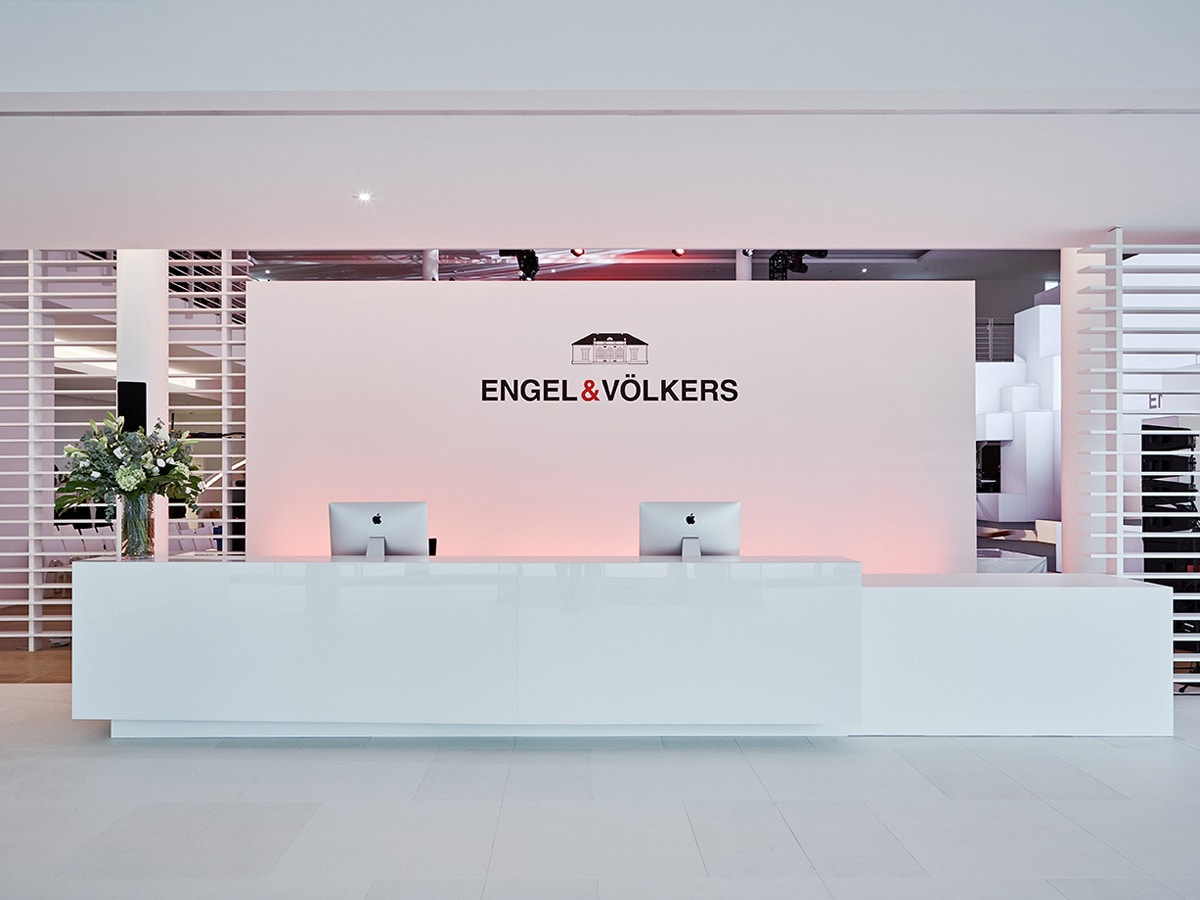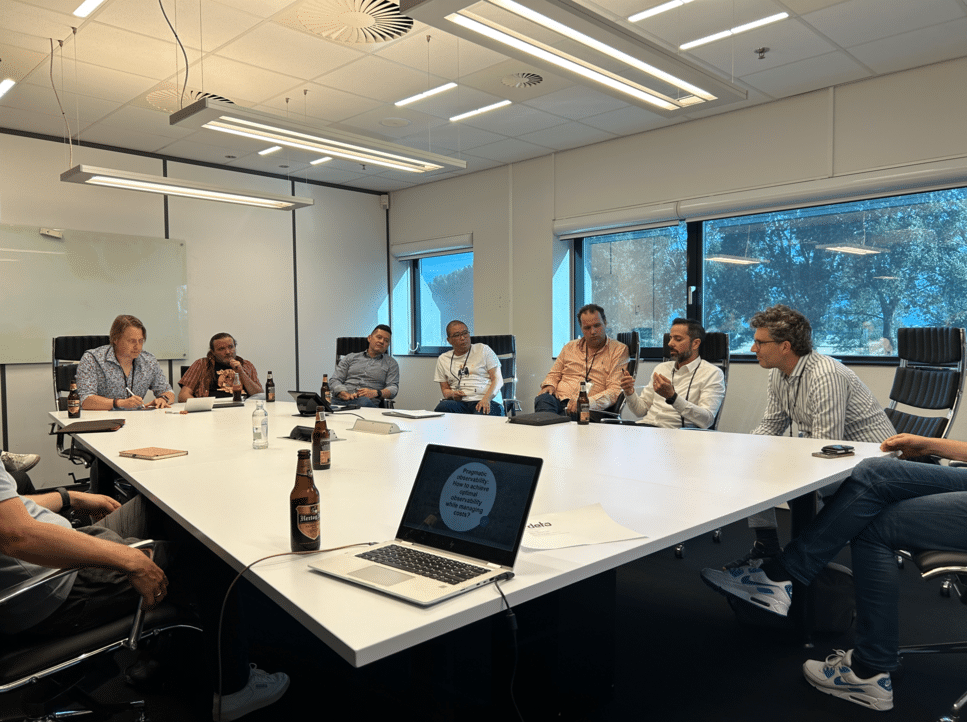In the latest instalment of our #TechQA series, we caught up with Tereze Gaile, Technology Consultant at Deloitte to talk all about the importance of encouraging more diversity across the technology landscape.
Tereze tells us all about Deloitte’s diversity initiative Codename: MAXINE, and why community groups like this are key to increasing diversity in tech. She discusses the importance of businesses encouraging young people to explore a career in tech, and offers her advice to those looking to take up a career in MuleSoft.
Third Republic (TR): You are part of Deloitte’s Codename: MAXINE community which encourages and supports women in tech. Could you start by explaining a bit more about the initiative?
Tereze Gaile (TG): Sure, when I worked on my first project at Deloitte, we had a mixed and diverse team which was great. This was my first impression of the wonderful world of integration and MuleSoft. However, when I was at a summit not too long after I very quickly realised that our team at Deloitte was the exception.
The lack of diversity that we saw across integration specifically inspired a colleague and I to start Codename: MAXINE, a community that is aimed at increasing the number of women and other underrepresented groups to pursue a career with MuleSoft. Our aim is to get people really excited about MuleSoft and show them that you don’t necessarily have to be techy, anybody with an interest can pick it up. I wasn’t technical at all when I started.
We want people to share their stories of how they got into tech. There are so many people that come from all different backgrounds and are absolutely thriving in this community. It’s also a great community in terms of people sharing experiences, advice about careers or anything around MuleSoft and how they can excel in this field.
TR: Do you think that community groups like Codename: MAXINE will encourage more women to take up careers in the tech space?
TG: In the wider technology landscape, there are already a few women in tech groups creating a massive impact. However, with MuleSoft there was a definite gap and we couldn’t find any groups that were trying to encourage diversity. Just last week, we had a candidate who mentioned Codename: MAXINE and said that the group was one of the key reasons that she wanted to start a career with MuleSoft –this is incredibly exciting!
Even from our past events, we have had participants say they didn’t realise how accessible a career in MuleSoft can be, and then subsequently signing up to technical training. Again, myself and my colleague weren’t technical at all before we started so we use our story and experience to inspire and encourage people to pursue a career in integration. I think sharing real-life stories is one reason why this has had such a massive impact.
TR: Since your career in tech began, have you seen any changes to the industry in terms of diversity and equality?
TG: My professional career is relatively short in comparison to others, but even in the space of a few years I’ve seen a massive increase in support and recognition from big organisations. You really get the sense that diversity is celebrated. It’s often mentioned as a highlight or spotlight in newsletters.
Another example is We Are The City (WATC) Rising Star awards which celebrate exceptional women across all industries. Just last year for the tech sector, the number of applicants they received saw an exponential increase. Companies are putting forward their female tech talent and more women are recognised for their accomplishments. This really does show how much more of a priority diversity has become and how much more aware companies are of the importance of supporting it.
TR: What do you think businesses can do to ensure that their tech teams are becoming more diverse?
TG: It’s not an easy question because there are many different ways in which this can be achieved and not all of them tackle the issue properly. For example, it can take much longer to fill a position if you’re looking to balance the current team, and not always do you have the luxury of time. You also have an ethical dilemma whereby you have to ask yourself, are you employing someone purely based on the fact that they tick a box, or because of their merit?
I’ve had quite a few conversations about how we can increase diversity and for me, I think organisations and companies need to invest more in outreach towards schools, colleges and universities. More students are becoming interested in technology apprenticeships instead of going to university as they can gain highly sought-after digital skills with a guaranteed job. Some of these schemes like the Brightstart scheme at Deloitte are fantastic!
I think it’s all about encouraging and inspiring our future pipeline of talent. When they’re at the earlier stages of their lives, we need to let them know that a career in tech is accessible, rewarding, and definitely an exciting option.
TR: Congratulations on receiving your MuleSoft Developer certification earlier this year. What advice do you have for those looking to take up a career in the MuleSoft space?
TG: The first thing I would say is, get hands-on as quickly as possible. You can cover lots of theory online, but without training and playing around with the product itself, your progression will be slowed down, and it isn’t very fun.
Some companies can be quite specific about certifications, so if you want to follow the experienced hire path, they will want certification beforehand. However, if you come in at a more junior grade it’s definitely a great idea to do the certification alongside work. If you’ve never seen anything technical, then you’ll have the opportunity to sit with different teams, learn from them and ask question and also play with the product first-hand.
TR: Could you explain some of the benefits you have found since becoming MuleSoft certified?
TG: Becoming certified gave me personal validation and increased my confidence in my work. Now I feel more comfortable tackling challenges while on project and I know I can design and build APIs using best practise.
Also, because the training is quite holistic covering everything from end-to-end – from design to management – you have really good visibility over the whole process. This means you have a great understanding of how everything ties together.
TR: Finally, what changes do you predict for the future of tech teams? And what are you hoping to see?
TG: A big change that I think will happen soon and in some ways is already happening – is young talent stepping up and advising leadership regarding implementation or latest tech trends as they have grown up being more tech-savvy.
When I was at school, coding was not a subject that was taught or available to me. Now we see a big drive to upskill future generations and there are whole host of digital and technology focused courses available to them. I have been so impressed with the technical knowledge that our Brightstarts have on my current project and I firmly believe that junior talent will play an increasingly more crucial role supporting and advising leadership.
If you’d like to be involved in our next Q&A, get in touch with us today!




